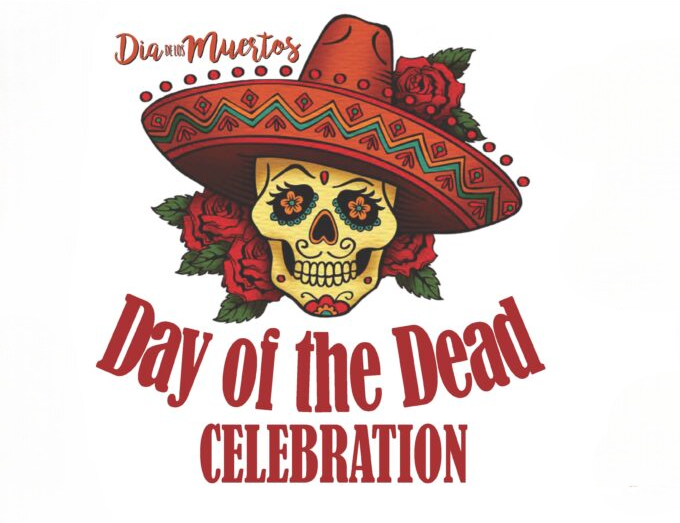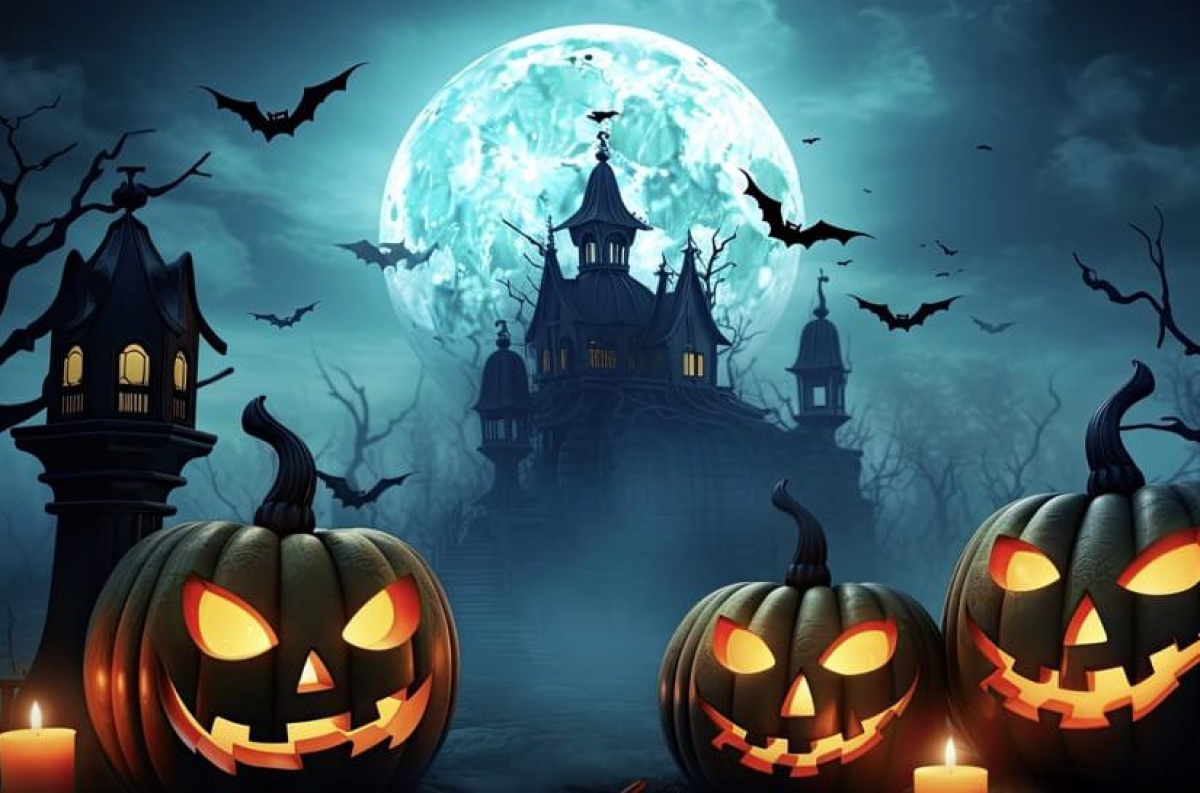Lecturer at the Department of Psychology of the Dnipro Institute of PJSC "IAPM", lawyer, psychologist at the Amur-Dnipro District Department of the State Institution "Probation Center" branch in Dnipropetrovsk region, member of the International Association of Psychologists and Sexual Education Consultants Eduard Abashia informs about the following. Halloween and Day of the Dead (in Spanish - Día de los Muertos) are among the most recognized holidays in Europe and the USA that fall during the same time of year. Both holidays are associated with themes of death, spirits, and the afterlife, having roots in different cultural traditions that convey different meanings. While Halloween typically emphasizes fear, mischief, and the supernatural, the Day of the Dead is a vibrant and sincere celebration of life, death, and memory.
Halloween traces its roots to the ancient Celtic festival of Samhain, celebrated on the night of October 31st to November 1st. The Celts believed that on this day, the boundary between the living and the dead blurred, allowing spirits to return to earth. To ward off evil spirits, people lit bonfires and wore costumes. Over time, Halloween evolved, especially in the United States, into a more commercial and secular holiday, with traditions such as trick-or-treating, costume parties, and haunted houses.

The most iconic Halloween symbols include spooky jack-o'-lanterns, lanterns, ghosts, witches, bats, and skeletons. The holiday is celebrated with a playful, often eerie atmosphere, where children dress up in costumes and go door-to-door for candy, while adults host costume parties or visit haunted attractions. The focus is often on horror, fear, and the supernatural, reflecting Halloween's connection to the darker aspects of death.
In colonial New England (a region in the northeastern United States), Halloween celebrations were extremely limited due to strict Protestant belief systems. Halloween was much more common in Maryland (a state in the eastern United States) and the southern colonies. As beliefs and customs of various European ethnic groups and Native Americans intertwined, a distinctly American version of Halloween began to form. The first celebrations included "play parties," which were public events held to celebrate the harvest. Neighbors shared stories about the deceased, told fortunes to each other, danced, and sang.
The Day of the Dead, celebrated primarily in Mexico on November 1st and 2nd, originates from ancient Mesoamerican traditions, particularly those of the Aztecs, Maya, and other indigenous peoples. These cultures had a cyclical view of the universe, where death was a natural part of life. Later, after Spanish colonization, the holiday was influenced by Catholic traditions, combining it with All Saints' Day and All Souls' Day. Day of the Dead is a time to honor and remember deceased loved ones. On this day, believers thought that the spirits of the dead returned to earth to visit the living.
The Day of the Dead is rich in vibrant and meaningful symbols. Ofrendas (altars) are created in homes and cemeteries to honor the dead, decorated with marigolds (Flor de Muerto - flower of the dead - symbolizing the beauty and fragility of life), sugar skulls, candles, photographs, and the deceased's favorite foods and drinks. Important symbols of the holiday are Calavera (skull) and Catrina (female skeleton), which are central elements of modern Mexican mythology.
On the Day of the Dead, it's customary to visit cemeteries and bring "offerings" to graves. Often, the tradition has a positive character: people gather at tombstones and recall interesting and funny stories about the deceased relative. Children are usually brought sweets, while adults get favorite foods and alcoholic beverages to "appease" the soul and encourage it to return home. Among alcoholic beverages, tequila appears most frequently. Parades, music, dancing, and family gatherings are common, creating a festive and joyful atmosphere that celebrates life and memories of loved ones, - noted the psychologist.
 Eng
Eng  Укр
Укр 